Home>Gardening & Outdoor>Landscaping Ideas>How To Get Grass Out Of Sidewalk Cracks
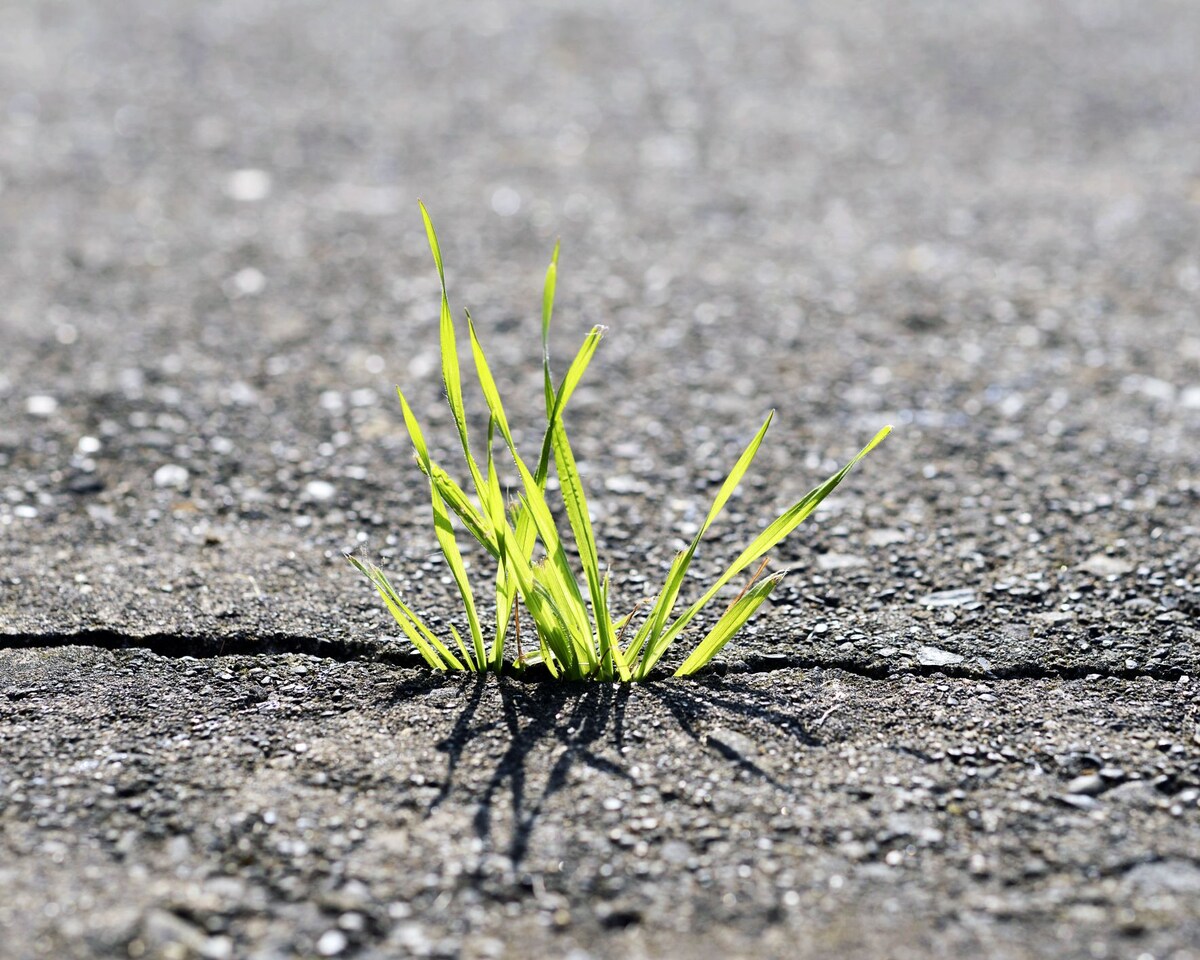

Landscaping Ideas
How To Get Grass Out Of Sidewalk Cracks
Modified: August 27, 2024
Discover effective landscaping ideas for removing grass from sidewalk cracks. Learn how to maintain a clean and tidy outdoor space with our expert tips and tricks.
(Many of the links in this article redirect to a specific reviewed product. Your purchase of these products through affiliate links helps to generate commission for Storables.com, at no extra cost. Learn more)
Introduction
Dealing with grass invading the cracks of your sidewalk can be a frustrating and unsightly nuisance. The relentless nature of grass growth in these narrow crevices can quickly turn a pristine walkway into an unkempt eyesore. However, with the right approach and a bit of effort, you can effectively reclaim your sidewalk and prevent future grass encroachment.
In this comprehensive guide, we will walk you through the step-by-step process of removing grass from sidewalk cracks and implementing preventive measures to maintain a clean and tidy appearance. By following these instructions and utilizing the recommended tools and materials, you can restore the neatness of your sidewalk and keep it free from unwanted vegetation.
Whether you're a seasoned gardener or a novice DIY enthusiast, this guide is designed to provide you with practical insights and actionable techniques to tackle the persistent problem of grass growth in sidewalk cracks. From clearing the area and applying weed killer to removing the grass and implementing strategies to deter future growth, each step is carefully outlined to ensure a thorough and effective approach.
By taking the time to address this common landscaping issue, you can elevate the overall aesthetic appeal of your outdoor space and create a more welcoming environment for residents and visitors alike. So, roll up your sleeves and get ready to reclaim your sidewalk from the clutches of invasive grass. Let's dive into the process and equip you with the knowledge and skills needed to achieve a weed-free and well-maintained sidewalk.
Key Takeaways:
- Say goodbye to grass in sidewalk cracks! Clear the area, apply weed killer, remove the grass, and prevent future growth for a pristine sidewalk. Get ready to reclaim your outdoor space with these easy steps.
- Keep your sidewalk weed-free! Use the right tools, apply weed killer, remove the grass, and prevent regrowth with simple techniques. Enjoy a clean and inviting outdoor space with these actionable tips.
Read more: How To Remove Grass From The Sidewalk
Tools and Materials Needed
To effectively tackle the task of removing grass from sidewalk cracks, you will need a few essential tools and materials. These items are instrumental in facilitating the process and ensuring that you can carry out each step with precision and efficiency. Here's a comprehensive list of the tools and materials required for this undertaking:
Tools:
-
Garden Trowel: A sturdy garden trowel is indispensable for digging and loosening the grass and soil from the cracks. Look for a trowel with a comfortable grip and a durable, sharp edge to facilitate the removal process.
-
Weeding Tool: A specialized weeding tool, such as a long-handled weeder or crack weeder, is invaluable for accessing and extracting grass roots from narrow sidewalk crevices. This tool allows for targeted removal without causing damage to the surrounding pavement.
-
Handheld Broom: A handheld broom or brush is essential for sweeping away debris and loosened soil from the cracks after removing the grass. This helps create a clean surface for applying weed killer and prevents any residual organic matter from impeding the treatment's effectiveness.
-
Gloves: Sturdy gardening gloves provide protection for your hands while working in the soil and handling potentially abrasive materials. Opt for gloves with a good grip and adequate flexibility to ensure comfort and dexterity during the process.
-
Safety Glasses: While applying weed killer and performing manual removal, it's important to safeguard your eyes from potential splashes or debris. Wear safety glasses to protect your eyes from any accidental contact with the weed killer or dislodged particles.
-
Sprayer or Watering Can: Depending on the type of weed killer you choose, a sprayer or watering can may be necessary for applying the solution to the targeted areas. Ensure that the sprayer or watering can is clean and in good working condition to facilitate an even and controlled application.
Materials:
-
Weed Killer: Select a suitable weed killer that is safe for use on sidewalks and effective against grass and other unwanted vegetation. Look for a product specifically formulated for crack and crevice treatment to ensure targeted and efficient results.
-
Protective Mask: When applying weed killer, especially in confined outdoor spaces, it's advisable to wear a protective mask to minimize inhalation of fumes and aerosolized particles. Choose a mask that provides adequate respiratory protection without compromising comfort.
-
Protective Clothing: Wear old or protective clothing that covers your skin to minimize direct contact with the weed killer and potential soil and debris. Long sleeves, pants, and closed-toe shoes are recommended to reduce exposure and protect your skin during the removal and treatment process.
By assembling these essential tools and materials, you will be well-prepared to embark on the task of removing grass from sidewalk cracks with confidence and efficiency. Each item plays a crucial role in facilitating the various steps involved in the process, ensuring that you can achieve a thorough and lasting solution to the issue of unwanted vegetation encroaching on your sidewalk.
Step 1: Clearing the Area
Before addressing the grass growth in the sidewalk cracks, it's essential to prepare the area for targeted treatment and removal. Clearing the surrounding space ensures better access to the cracks and facilitates a more thorough and effective removal process. Here's a detailed breakdown of the steps involved in clearing the area:
Read more: How To Edge Grass Along Sidewalk
1. Sweep the Surface
Begin by sweeping the entire sidewalk surface to remove loose debris, dirt, and any surface-level vegetation. A handheld broom or brush can be used to sweep away accumulated leaves, twigs, and other organic matter that may obscure the cracks and impede access to the underlying grass.
2. Remove Larger Debris
Inspect the cracks and adjacent areas for any larger debris, such as pebbles, small rocks, or accumulated soil. Use a garden trowel or handheld weeder to carefully dislodge and remove these obstructions, ensuring that the cracks are clear and unobstructed for the subsequent steps.
3. Loosen Soil and Roots
Using a garden trowel or weeding tool, gently loosen the soil and grass roots within the cracks. This step is crucial for preparing the grass for removal and facilitating the application of weed killer. By loosening the soil and roots, you create a more accessible and receptive environment for the targeted treatment.
4. Clear Surrounding Vegetation
If there are any overhanging plants, bushes, or grass along the edges of the sidewalk, trim them back to create a clear perimeter around the treatment area. Trimming back surrounding vegetation prevents inadvertent contact with the weed killer and ensures that the focus remains on the targeted cracks.
Read more: How To Get Grass Out Of Rocks
5. Protect Adjacent Surfaces
If there are adjacent surfaces, such as garden beds or lawns, adjacent to the sidewalk, take precautions to protect them from potential overspray or runoff during the treatment process. Use plastic sheeting or a protective barrier to shield these surfaces and minimize any unintended contact with the weed killer.
By meticulously clearing the area surrounding the sidewalk cracks, you set the stage for a focused and effective approach to addressing the grass growth. This preparatory step not only enhances the accessibility of the cracks but also minimizes potential obstacles and distractions during the subsequent phases of weed killer application and grass removal. With the area cleared and ready for targeted treatment, you are now poised to proceed to the next critical step in reclaiming your sidewalk from invasive grass.
Step 2: Applying Weed Killer
Once the area is meticulously cleared and prepared, the next pivotal step in reclaiming your sidewalk from invasive grass involves the strategic application of a potent weed killer. This targeted treatment is designed to eradicate the persistent grass growth within the cracks while inhibiting future regrowth, thereby ensuring a long-lasting solution to the issue. Here's a comprehensive guide to effectively applying weed killer to the targeted areas:
1. Selecting the Right Weed Killer
Choosing the appropriate weed killer is paramount to the success of this step. Opt for a specialized product formulated for crack and crevice treatment, ideally designed to target grass and broadleaf weeds commonly found in sidewalk crevices. Consider factors such as effectiveness, safety for use on sidewalks, and the ability to prevent regrowth to make an informed selection.
2. Reading and Following Instructions
Before applying the weed killer, carefully read and adhere to the manufacturer's instructions and safety guidelines provided on the product label. Pay close attention to recommended application rates, dilution ratios (if applicable), and any specific precautions related to handling and disposal. Ensuring compliance with the instructions maximizes the effectiveness of the treatment while minimizing potential risks.
Read more: How To Get Stones Out Of Grass
3. Applying the Weed Killer
Using a clean sprayer or watering can, apply the weed killer directly to the targeted areas within the sidewalk cracks. Aim for precise and even coverage, ensuring that the solution reaches the base of the grass and penetrates the soil to inhibit root regrowth. Exercise caution to avoid overspray onto adjacent surfaces and vegetation, as the weed killer is designed to selectively target unwanted growth.
4. Allowing Adequate Contact Time
After applying the weed killer, allow sufficient contact time as per the product's instructions to ensure thorough absorption and action. This period allows the active ingredients to penetrate the grass roots and effectively disrupt the growth process, ultimately leading to the demise of the targeted vegetation. Adhering to the recommended contact time is crucial for achieving optimal results.
5. Observing Safety Precautions
During the application process, prioritize personal safety by wearing protective clothing, gloves, and safety glasses to minimize direct contact with the weed killer. Additionally, consider environmental factors such as wind conditions to prevent unintended drift of the solution. By observing safety precautions, you safeguard yourself and the surrounding environment while carrying out the weed killer application.
By meticulously following these steps and guidelines, you can effectively apply the weed killer to the sidewalk cracks, targeting the invasive grass and preventing future regrowth. This proactive approach sets the stage for the subsequent phase of grass removal, ensuring that the treated areas are primed for thorough and lasting eradication of unwanted vegetation. With the weed killer strategically applied, you are now ready to proceed to the critical phase of removing the grass from the sidewalk cracks, bringing you one step closer to achieving a pristine and weed-free sidewalk.
Step 3: Removing the Grass
With the targeted application of weed killer effectively disrupting the growth of the invasive grass within the sidewalk cracks, the subsequent step involves the meticulous removal of the now weakened vegetation. This critical phase is instrumental in achieving a thorough and lasting solution to the issue, ensuring that the sidewalk remains free from unwanted grass encroachment. Here's a detailed breakdown of the steps involved in removing the grass from the sidewalk cracks:
-
Assessing the Treated Areas: Begin by assessing the treated areas to confirm the impact of the weed killer on the grass. The weakened state of the vegetation, indicated by wilting or discoloration, signifies the opportune moment for removal. Carefully inspect each crack to identify the targeted grass and ascertain its responsiveness to the treatment.
-
Using the Garden Trowel and Weeding Tool: Armed with a sturdy garden trowel and a specialized weeding tool, carefully work on extracting the weakened grass from the cracks. Start by inserting the garden trowel into the crack, leveraging its sharp edge to loosen the soil and roots. Follow up with the weeding tool to meticulously dislodge and extract the grass roots, ensuring thorough removal without causing damage to the surrounding pavement.
-
Exercising Patience and Precision: Exercise patience and precision during the removal process, focusing on extracting the entire grass plant along with its roots. By meticulously addressing each crack and ensuring comprehensive removal, you minimize the likelihood of regrowth and establish a clean and weed-free foundation for the sidewalk.
-
Disposing of the Extracted Vegetation: As you proceed with the grass removal, gather the extracted vegetation in a designated container or bag for proper disposal. Avoid leaving the removed grass and roots on the sidewalk or adjacent areas, as this may inadvertently contribute to regrowth and detract from the overall cleanliness of the space.
-
Thoroughly Clearing the Cracks: Once the grass and roots have been successfully removed, use the handheld broom to sweep and clear any residual debris and loosened soil from the cracks. This final step ensures that the treated areas are pristine and ready for the subsequent preventive measures to deter future grass growth.
By meticulously following these steps and techniques, you can effectively remove the weakened grass from the sidewalk cracks, setting the stage for a lasting and visually appealing solution to the issue of unwanted vegetation. With the targeted removal complete, you are now poised to implement preventive measures to safeguard the sidewalk from future grass encroachment, ensuring a well-maintained and inviting outdoor space.
Read more: How To Get Clovers Out Of Grass
Step 4: Preventing Future Growth
After successfully removing the grass from the sidewalk cracks, it's crucial to implement preventive measures to deter future growth and maintain the pristine appearance of the treated areas. By proactively addressing potential regrowth, you can ensure a long-lasting solution to the issue of unwanted vegetation encroaching on your sidewalk. Here's a comprehensive guide to effectively preventing future grass growth in the sidewalk cracks:
1. Applying a Pre-Emergent Herbicide
Consider applying a pre-emergent herbicide specifically formulated for crack and crevice treatment. This type of herbicide creates a barrier in the soil, inhibiting the germination of weed seeds and preventing the emergence of new grass and broadleaf weeds. Follow the manufacturer's instructions for application rates and timing to maximize the effectiveness of the pre-emergent treatment.
2. Regular Maintenance and Inspection
Establish a routine maintenance schedule to inspect the sidewalk cracks for any signs of regrowth or new vegetation. Regularly clearing debris and inspecting the treated areas allows for early intervention, enabling prompt removal of any emerging grass before it becomes established. Consistent vigilance and proactive maintenance are key to preventing the reoccurrence of unwanted growth.
3. Filling Cracks with Polymeric Sand
Consider filling the cracks with polymeric sand, a specialized sand mixture that hardens when exposed to moisture, creating a durable and weed-resistant barrier. This approach not only enhances the structural integrity of the sidewalk but also minimizes the potential for weed and grass growth in the future. Ensure thorough application and proper compaction of the polymeric sand to achieve optimal results.
Read more: How To Get Grass Out Of Pool
4. Regular Surface Sealing
Applying a surface sealant to the sidewalk cracks can further fortify the treated areas against potential weed and grass encroachment. Select a sealant specifically designed for crack sealing, ensuring that it effectively prevents the infiltration of seeds and organic matter while providing a clean and uniform surface. Follow the manufacturer's guidelines for proper application and maintenance of the sealant.
5. Strategic Landscaping and Edging
Consider implementing strategic landscaping and edging solutions to create a defined barrier between the sidewalk and adjacent green spaces. Installing durable landscape edging or creating a clear demarcation between the sidewalk and surrounding vegetation helps minimize the migration of grass and weeds into the cracks. This proactive approach contributes to a well-maintained and visually appealing sidewalk environment.
By diligently implementing these preventive measures, you can effectively safeguard the sidewalk from future grass growth, ensuring a clean, weed-free, and well-maintained outdoor space. This proactive approach not only enhances the aesthetic appeal of the sidewalk but also minimizes the need for frequent maintenance and intervention, allowing you to enjoy a pristine and inviting outdoor environment for the long term.
Conclusion
In conclusion, the process of reclaiming your sidewalk from invasive grass involves a systematic approach that encompasses clearing the area, applying weed killer, removing the grass, and implementing preventive measures. By meticulously following each step and utilizing the recommended tools and materials, you can effectively address the persistent issue of grass growth in sidewalk cracks and maintain a clean and visually appealing outdoor space.
The initial step of clearing the area sets the stage for targeted treatment and removal, ensuring that the sidewalk cracks are accessible and free from obstructions. This preparatory phase not only enhances the effectiveness of subsequent steps but also minimizes potential obstacles during the process.
The strategic application of weed killer serves as a pivotal intervention, disrupting the growth of invasive grass and inhibiting future regrowth. By selecting the right weed killer, adhering to safety guidelines, and ensuring precise application, you can effectively target the unwanted vegetation while safeguarding the surrounding environment.
The meticulous removal of the weakened grass from the sidewalk cracks is instrumental in achieving a thorough and lasting solution. By exercising patience and precision, you can extract the grass and roots, creating a clean and weed-free foundation for the sidewalk.
Implementing preventive measures, such as applying pre-emergent herbicide, regular maintenance, and strategic landscaping, serves as a proactive approach to safeguard the sidewalk from future grass encroachment. These measures contribute to a well-maintained and visually appealing outdoor environment, minimizing the need for frequent intervention and ensuring long-term cleanliness.
By following this comprehensive guide and integrating the outlined techniques into your sidewalk maintenance routine, you can reclaim your sidewalk from invasive grass and create a welcoming and pristine outdoor space. With a proactive and systematic approach, you can enjoy a clean and visually appealing sidewalk that enhances the overall aesthetic of your property.
Incorporating these practices into your landscaping and maintenance efforts not only addresses the immediate issue of grass growth in sidewalk cracks but also contributes to the long-term preservation and enhancement of your outdoor environment. By taking the initiative to tackle this common landscaping challenge, you can elevate the overall appeal of your property and create a more inviting and well-maintained outdoor space for yourself and others to enjoy.
Frequently Asked Questions about How To Get Grass Out Of Sidewalk Cracks
Was this page helpful?
At Storables.com, we guarantee accurate and reliable information. Our content, validated by Expert Board Contributors, is crafted following stringent Editorial Policies. We're committed to providing you with well-researched, expert-backed insights for all your informational needs.
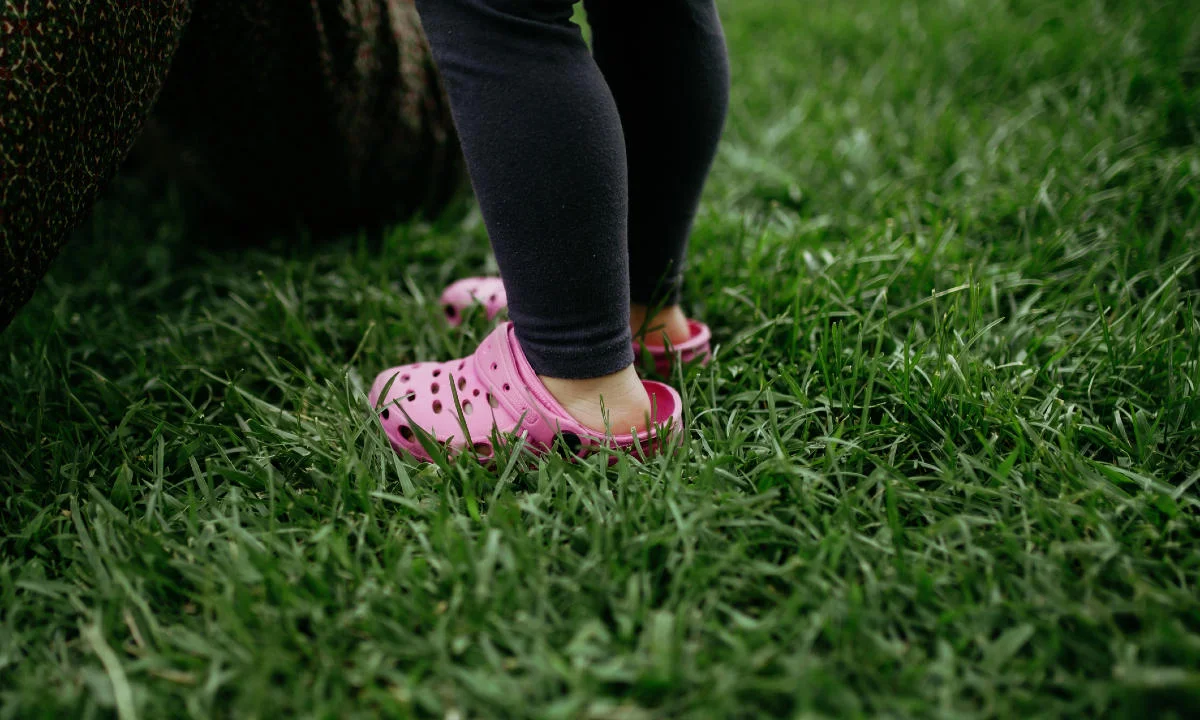
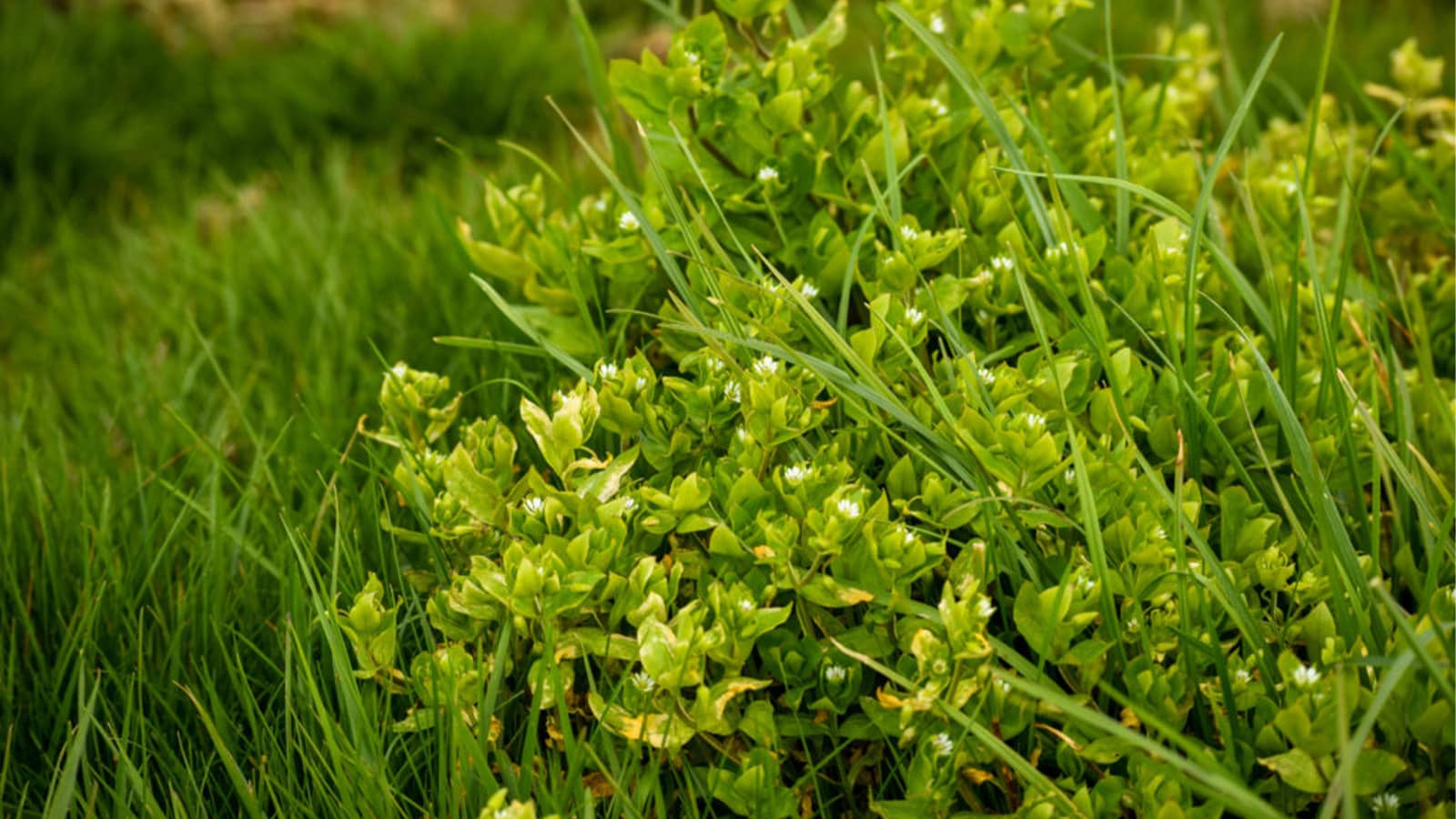

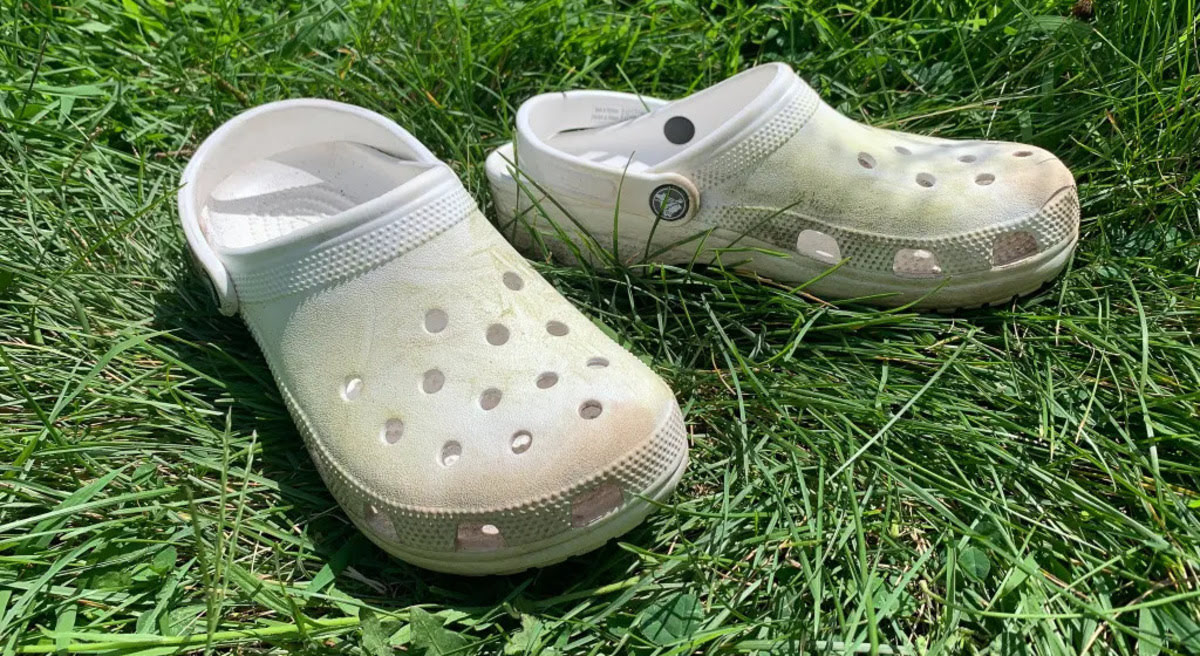
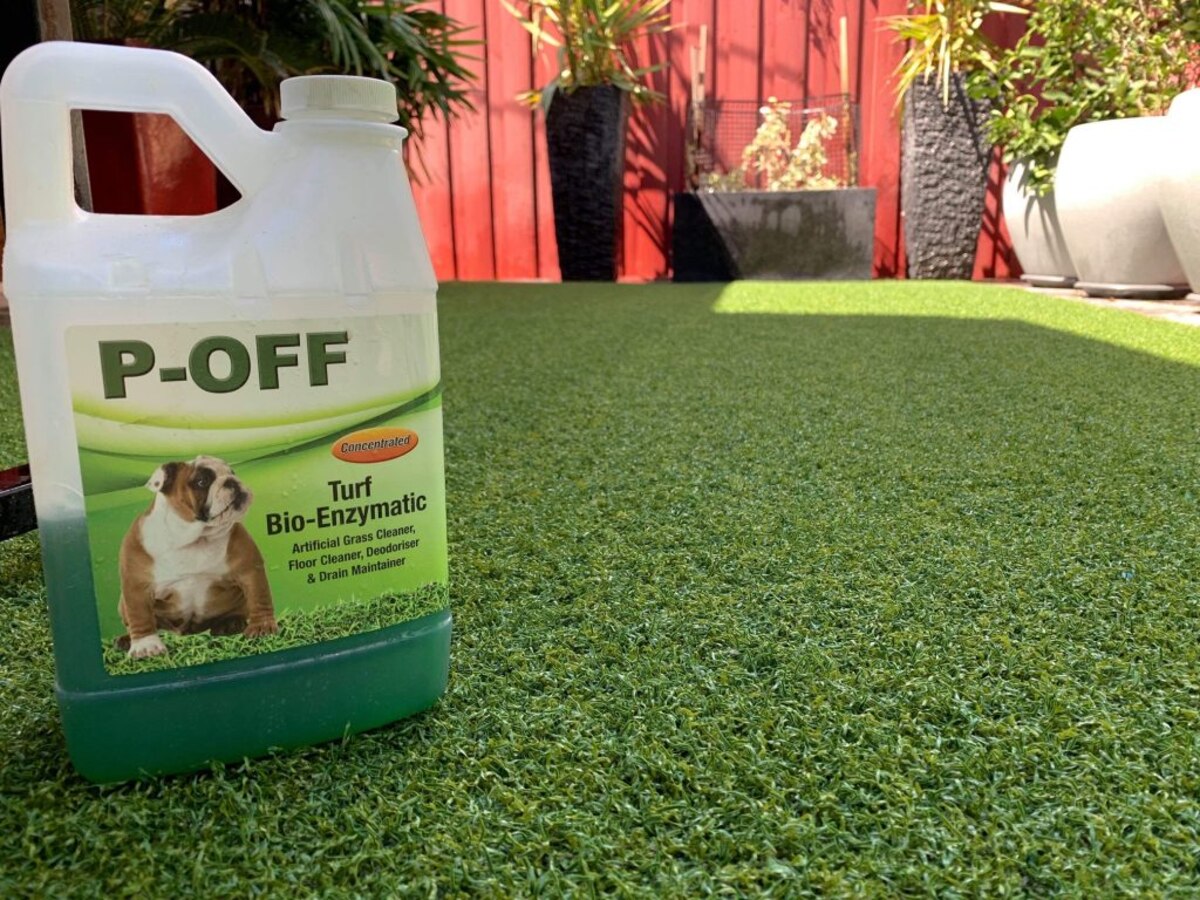

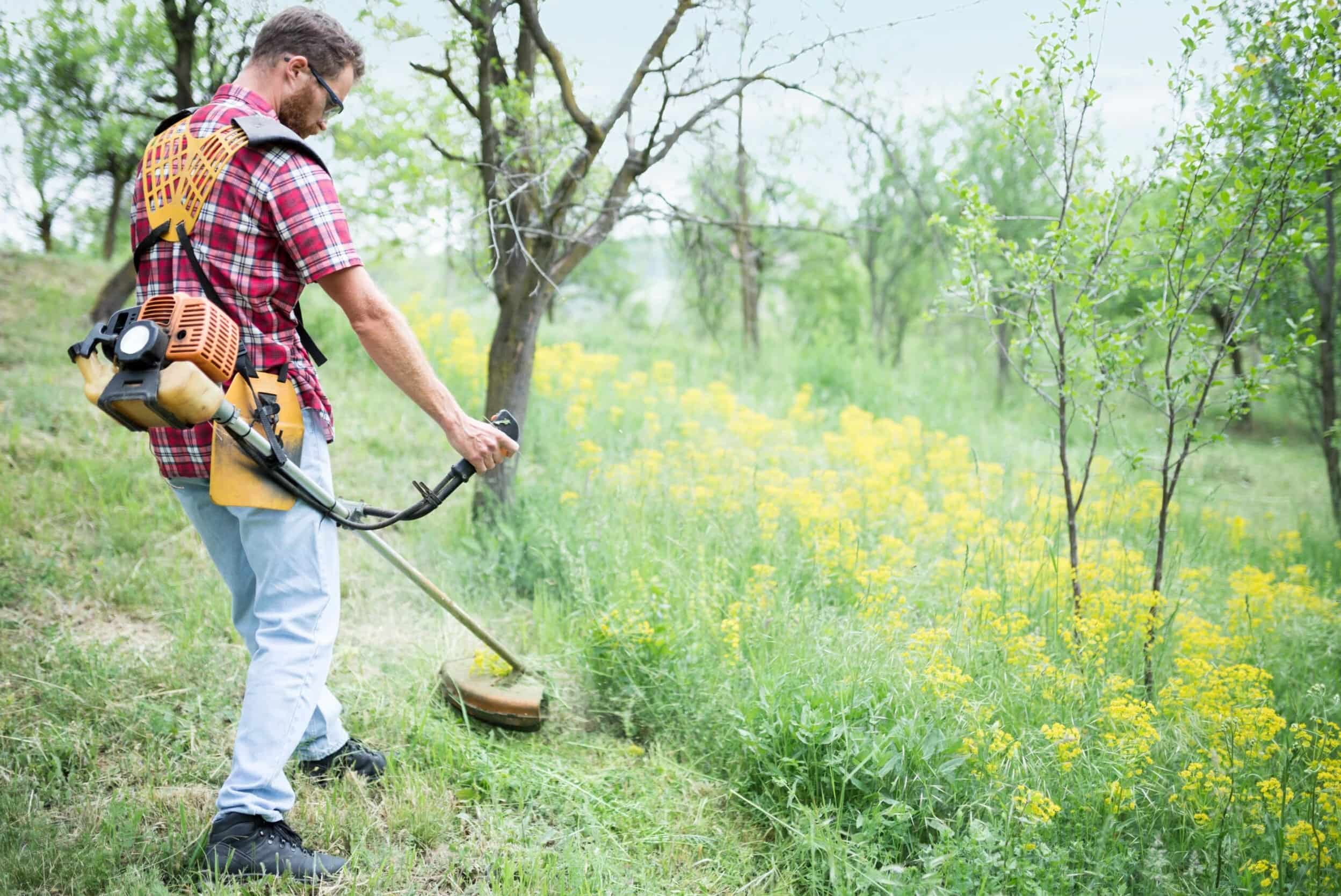
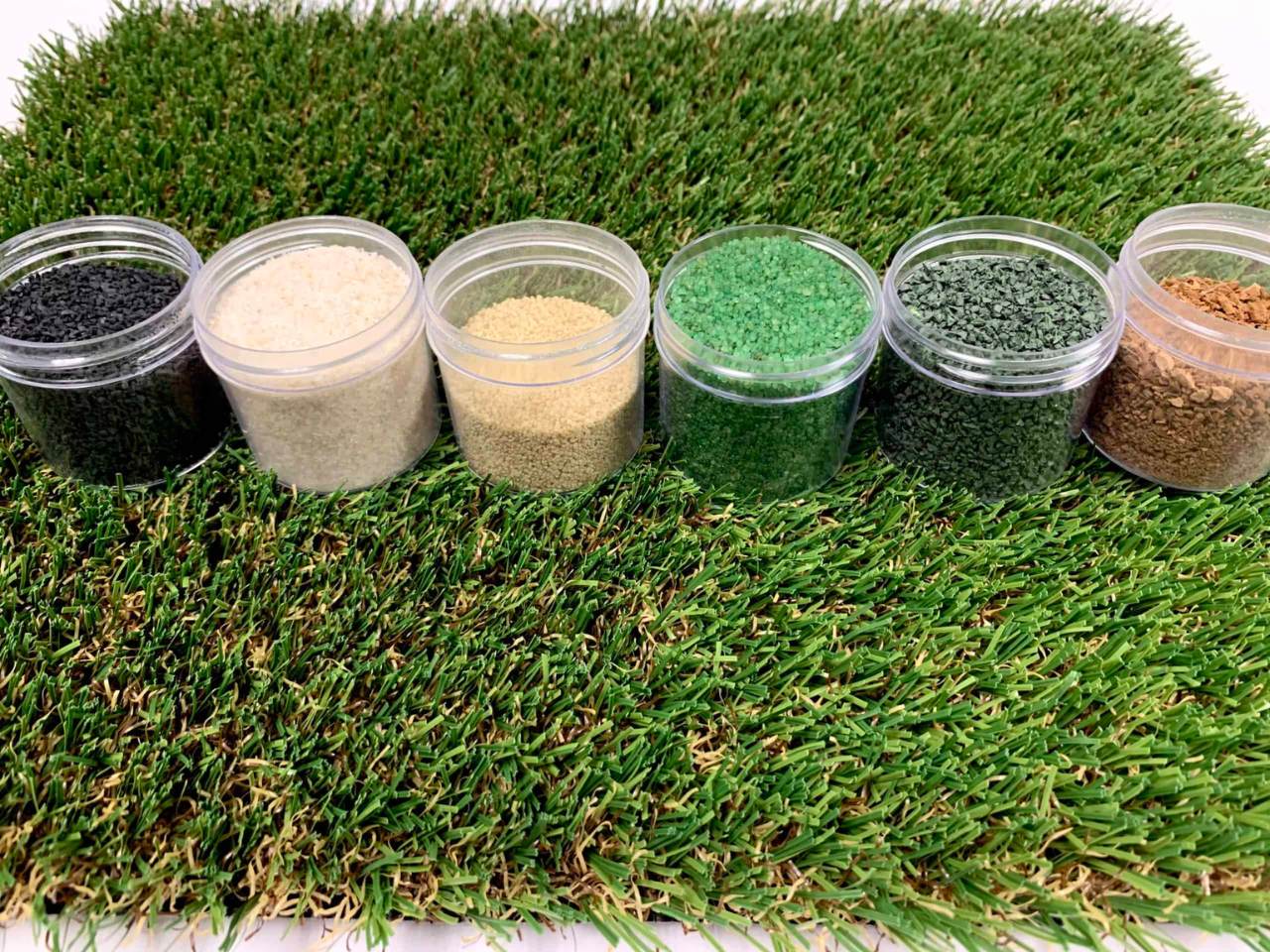
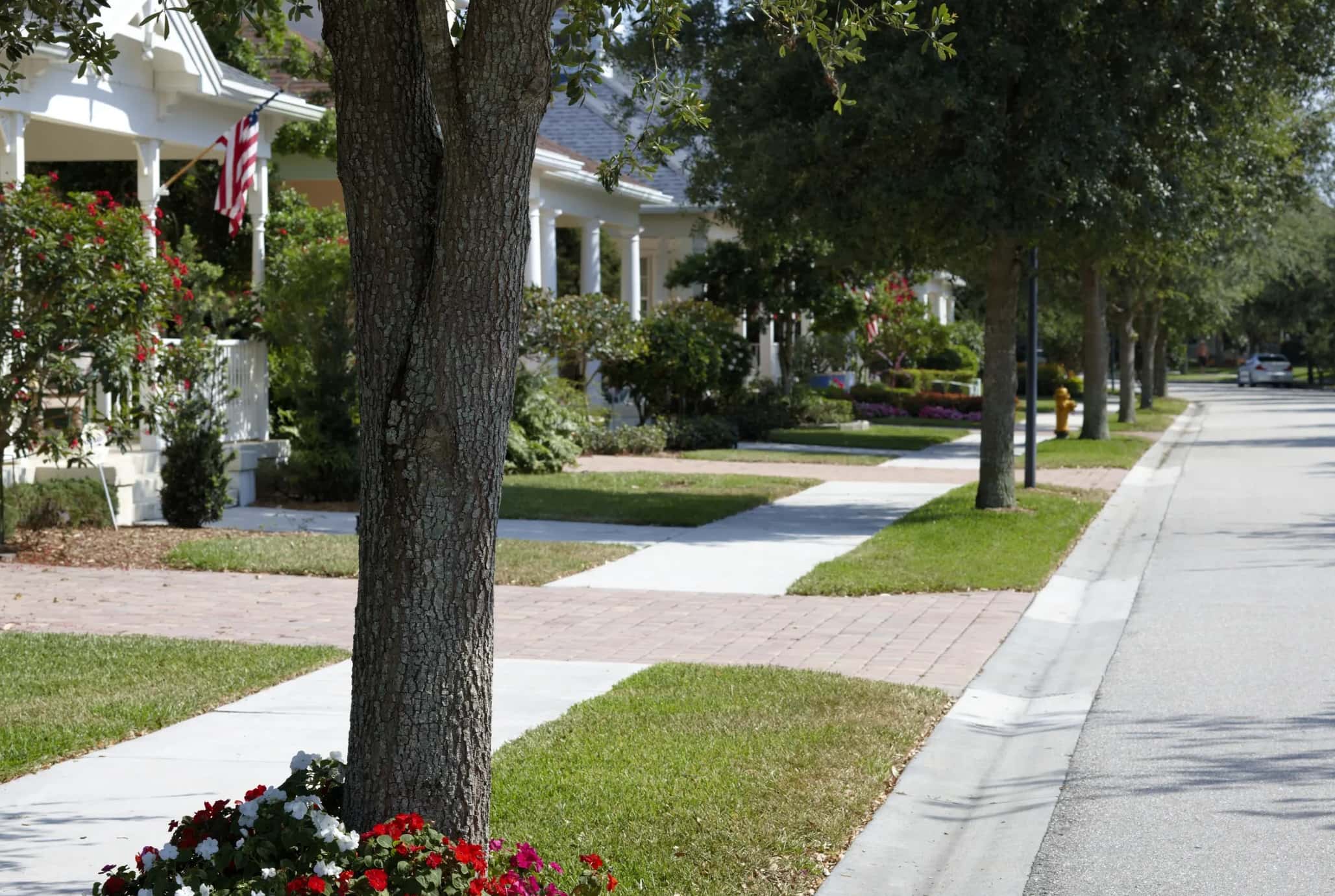
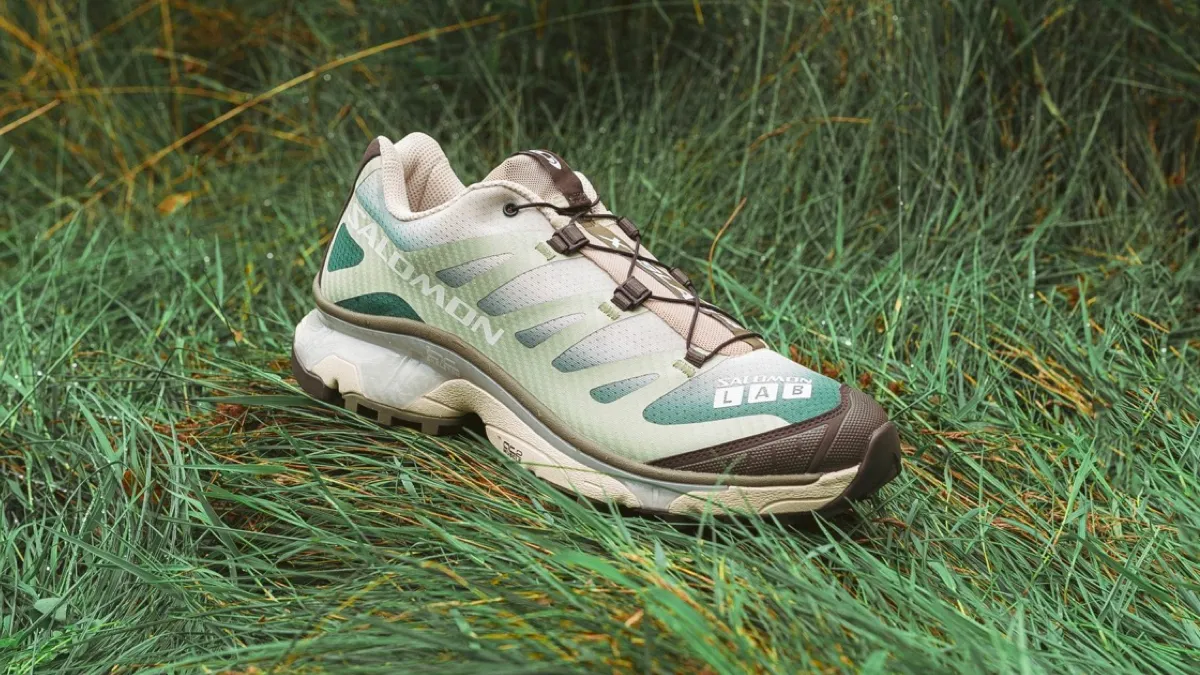

0 thoughts on “How To Get Grass Out Of Sidewalk Cracks”